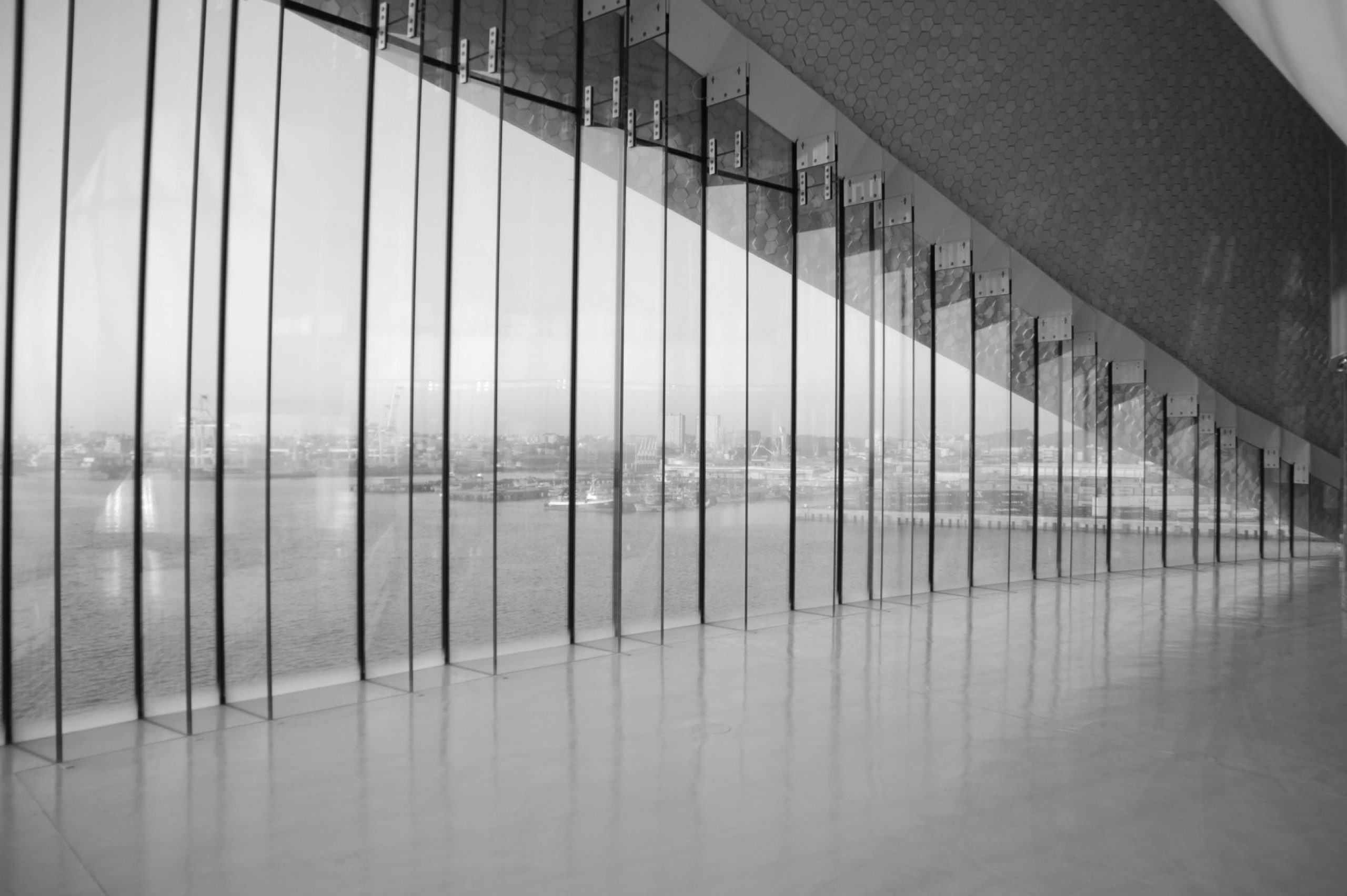OTIIMA has extensive experience in working closely with architects from the conception stage through to delivery. This advantage has given the brand the necessary tools to recognize, at the outset of a project, the requirements needed for the project to exceed expectations.
OTIIMA believes that every new project presents an opportunity to create something groundbreaking and unique, without compromising utility and uniqueness. Whether it is a striking residential home, an unbelievable commercial building, or a luxurious hospitality project, OTIIMA has been established to become a reference for internationally renowned architects.
Here are the main reasons why:
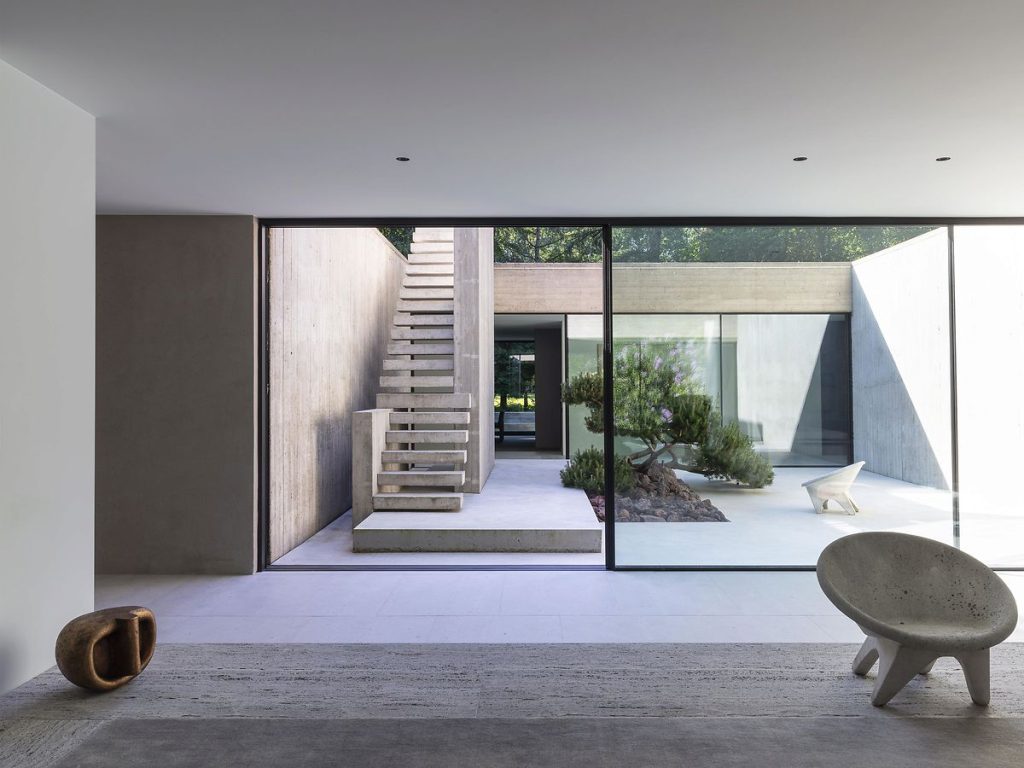
5 main reasons why architects chose OTIIMA frame windows in their high-end projects
1 | Quality as a habit
It’s not just because of the clean and elegant lines of OTIIMA frames, which allow the brand to create beautiful projects. The quality of the materials, combined with the dedication of each smith crafting them, results in pieces that withstand corrosion and even the harshest environmental elements. As a specialty producer of aluminum window frames, doors, and minimal frame systems, the brand has proven its mettle in this competitive industry.
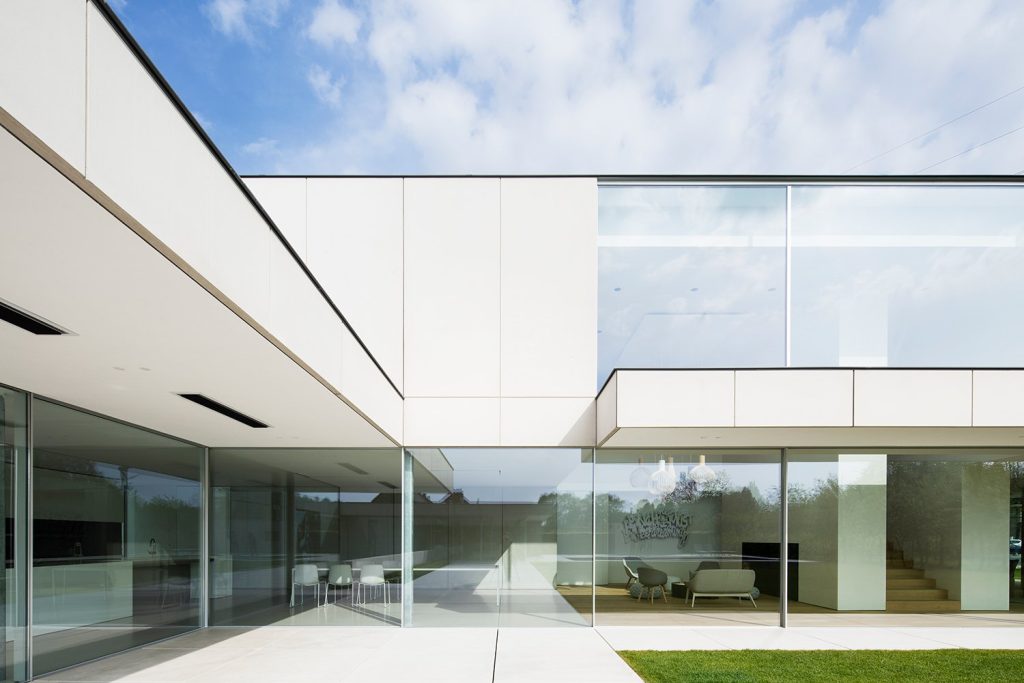
Perhaps his most famous principle, “Less is more,” summarizes Mies’ approach to design: stripping away the unnecessary to reveal the essential. His buildings are characterized by clean lines, open floor plans, and an absence of ornamentation. This philosophy encourages architects to prioritize spatial clarity and material integrity, resulting in modern and enduring structures.
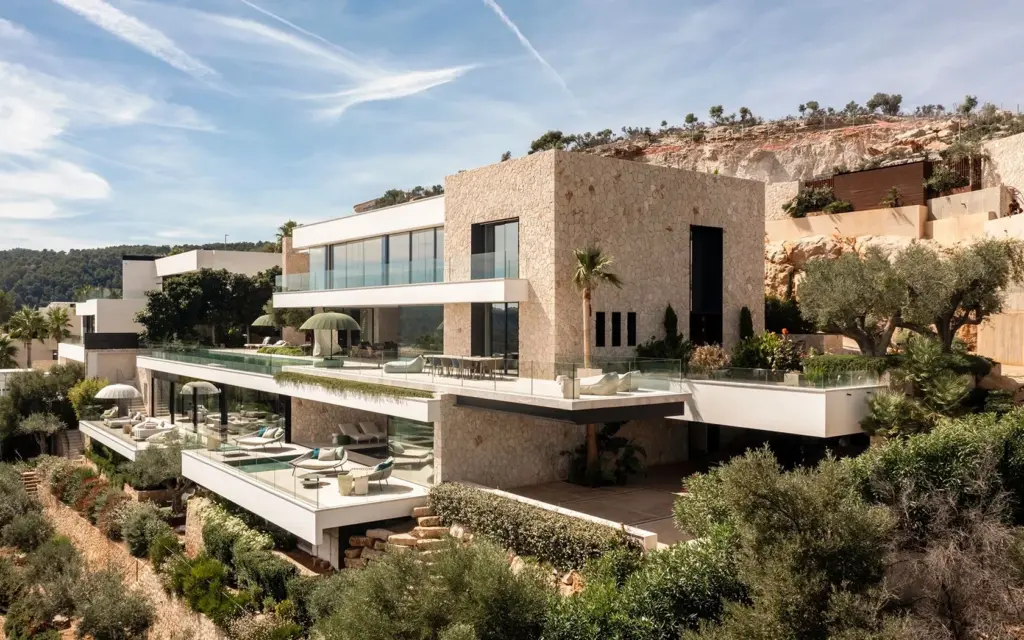
© Tomeu Canyellas
1. Heydar Aliyev Center – Zaha Hadid
1. Heydar Aliyev Center – Zaha Hadid
2 | Minimalist aesthetics
When you think of minimalism, what’s the image that comes to mind? What do you picture in your head?
Minimalism in OTIIMA is more than just a design concept; it’s a lifestyle and the epitome of sophistication. The ability to create effortless and seamless transitions between interior and exterior is astonishing in all OTIIMA projects, even in the most unbelievable settings. OTIIMA’s effort in creating minimalist frame systems is to listen carefully to all the perspectives involved: those of the architect, the final customer, and the landscape itself. The expansive glass walls, 20mm vertical reinforced profile, pivot doors, and elegant handles are responsible for creating connections between people, spaces, and nature, as well as for providing timeless experiences.
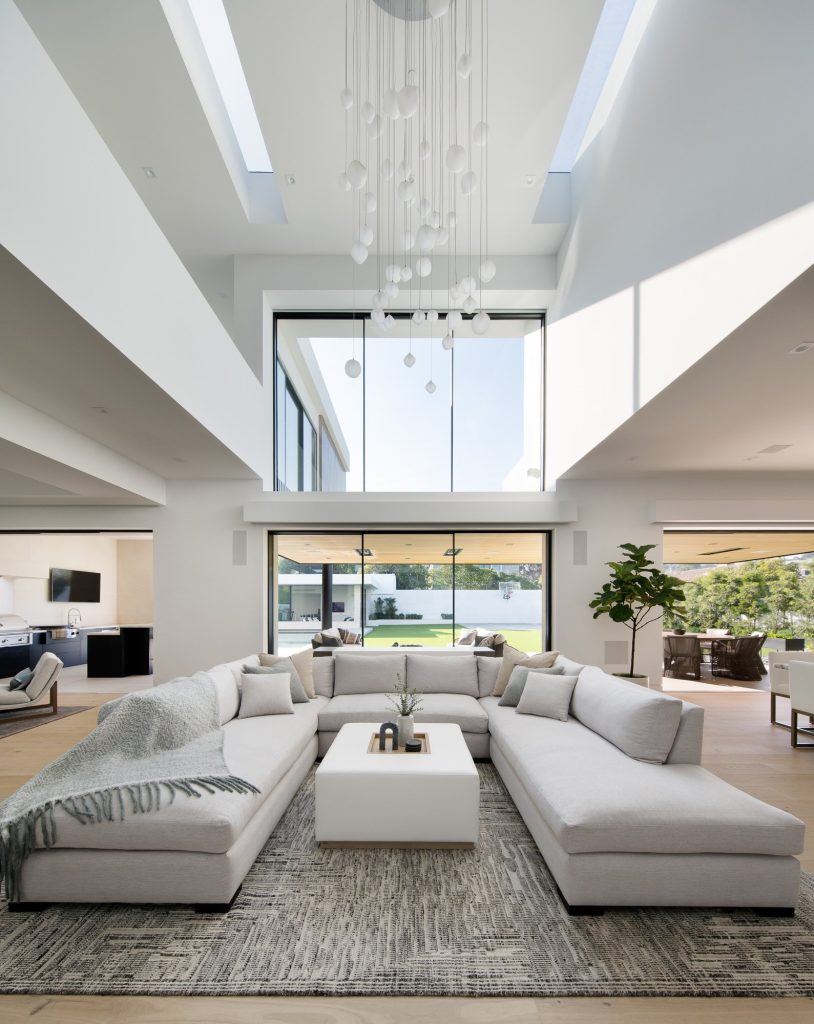
3 | The immeasurable value of innovation
OTIIMA’S features and systems have been awarded in different design competitions, recognizing their cutting-edge technology, safety, and intelligence.
Worth mentioning the ¾ sight lines, automatically remote-controlled systems, and safe toughened glass for the security lock system. It manages to engineer motorization that improves the opening time of the large windows, in addition to producing a profile that allows vehicles to pass through. The OTIIMA team of designers and engineers rejects preconceptions, allowing space for innovation and creativity as they strive to push the limits. Each project can become a unique opportunity to research, analyze, and creatively respond to the context, providing new solutions.
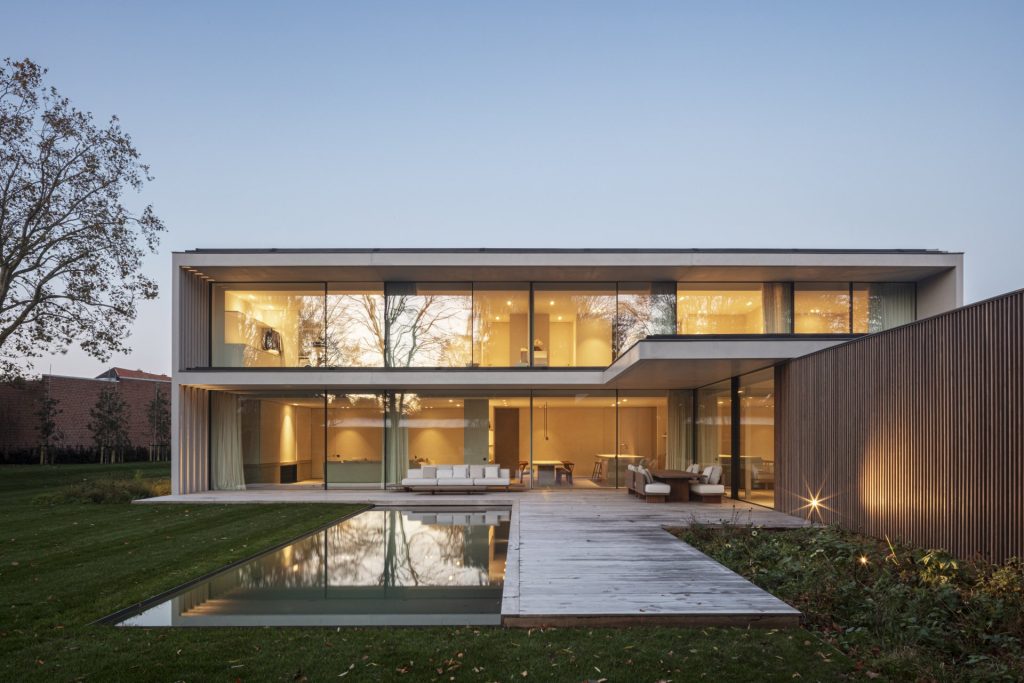
4 | Authentically fearless
OTIIMA’s products are original, unexpected, rebellious, and sophisticated, always on the edge of being inconceivable and more than just an architectural intervention.
The brand is committed to pushing the limits of technology and engineering. OTIIMA’s technology has enabled the generation of large windows, which can cover nearly an entire façade. The solution to open sliders without significant effort, either by incorporating motorized systems or using self-supporting glasses, the OTIIMA system pushes back architectural limits, offering the possibility of using glazed surfaces up to 36 sq.m. Most windows on the market follow a similar pattern; they are part of a system designed with limitations, whereas OTIIMA is the reference brand for out-of-the-ordinary projects.
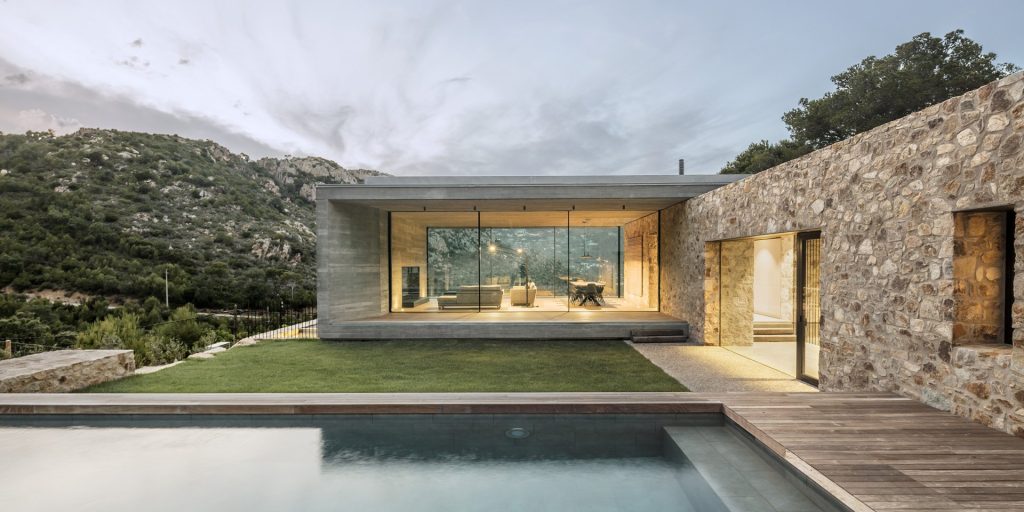
5 | Experience through continuous learning
Much more than a window or a brand is the undeniable manifestation of the company’s culture and mindset. An environment that is nurtured not only by the aesthetics of architecture and design, metalworking, and engineering, but also deeply intertwined with art. OTIIMA finds inspiration in every client, past and present, from every culture, and undoubtedly in every partner who is part of their international organic network.
A unique network that enables each one of the participants to provide unique features based on settings and conditions. This advantage grants OTIIMA a spectacular capacity to customize or design bespoke solutions, even for the most peculiar concerns. Worth mentioning here is the 54, which is similar in appearance to our 38 Series options but is specifically designed for cold climates and wind loads. It is optimized for 54mm (2-1/8″) triple-pane insulated glass. Another worthy mention is OTIIMA’s Series 38 Fusion Hurricane-rated profiles, which can withstand wind loads of up to 140 mph (wind pressure of 120 PSF). With an industry-leading 12 height capability, multiple configuration options, and the industry’s only hidden sill track approved for use in Florida.
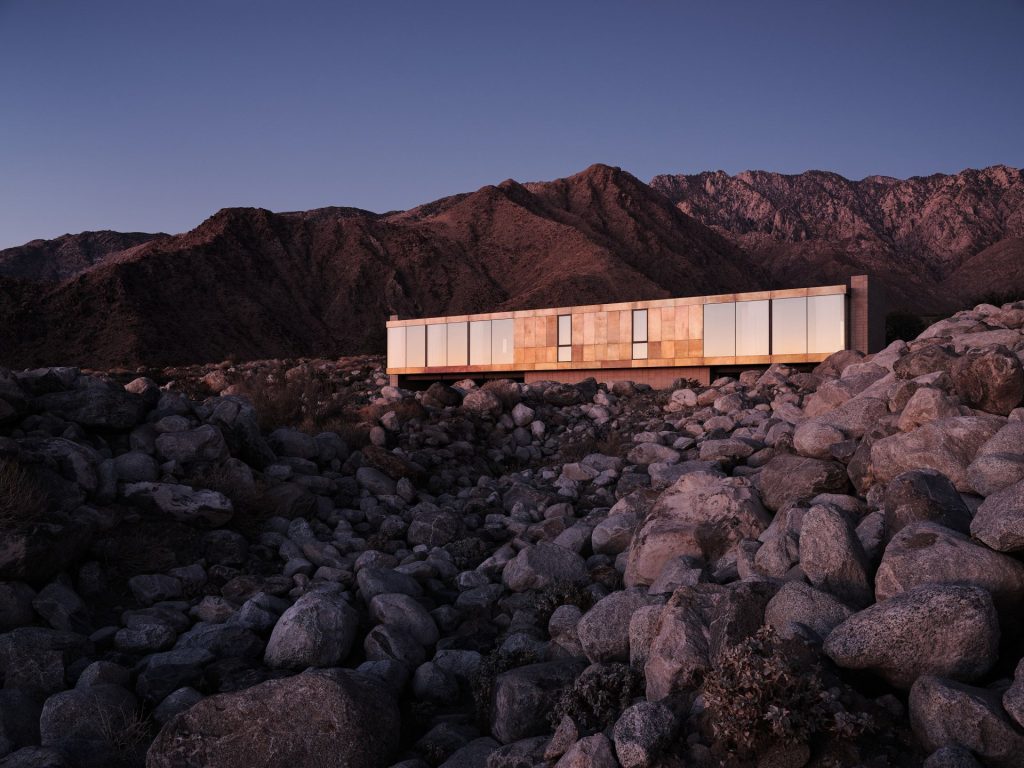
What distinguishes OTIIMA mostly from other brands in the market is its passion for delivering and creating beautiful living spaces, while establishing a reputation for quality and unparalleled service.
